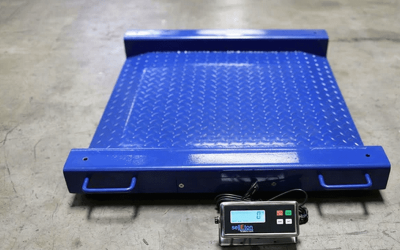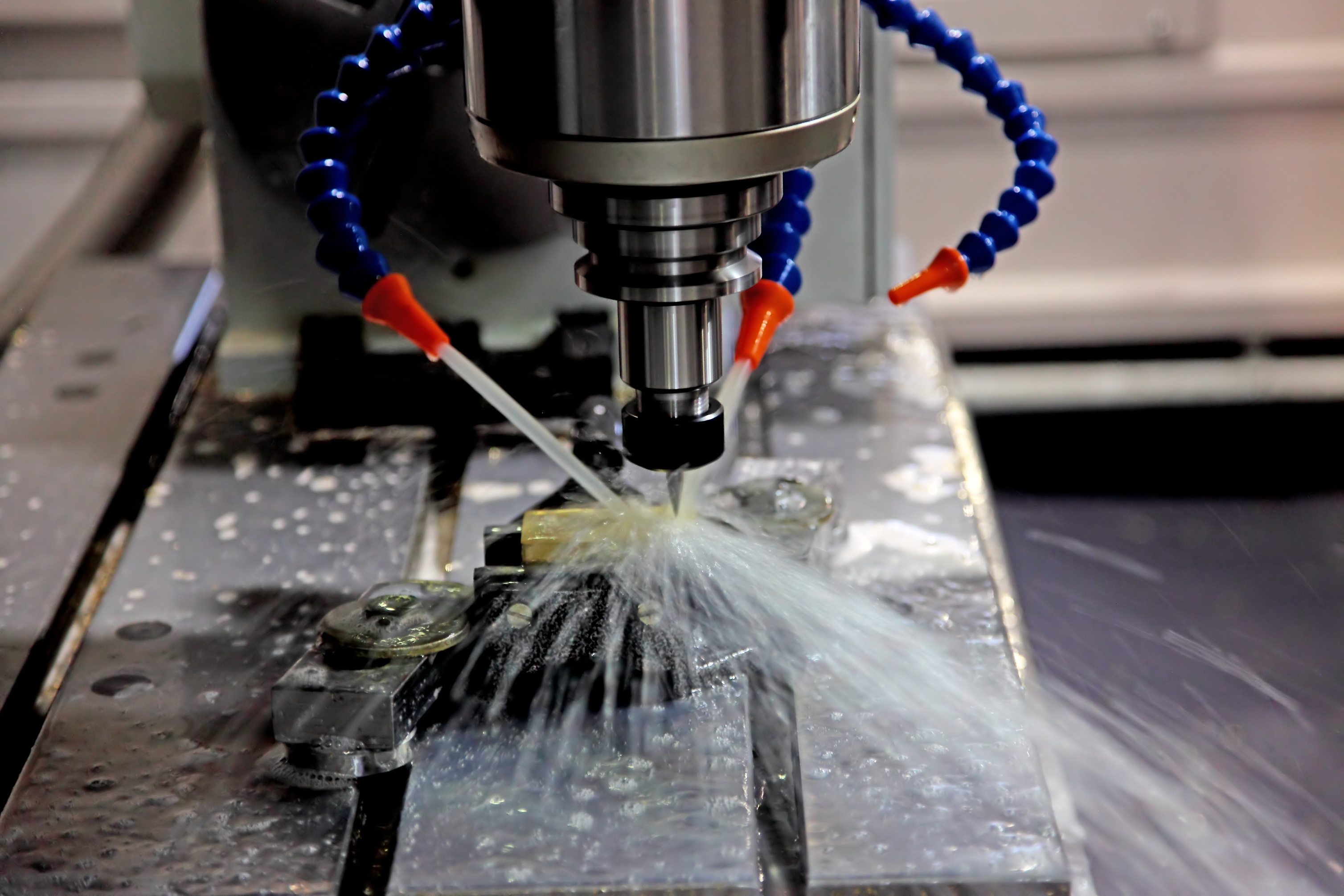Most shops understand the need to keep milling cutters clean. It only takes one small chip left on a cutter to ruin the next job, especially if you do precision milling work. However, some people fail to see the importance of keeping spindles and tool holders clean and an end mill holder can collect small amounts of debris and contaminants, causing problems with your machining processes. Of course, the higher speeds you use, the easier it is for these contaminants to affect the quality of your milling. Here are some helpful tool holder maintenance tips to improve performance and raise efficiency.
Clean After Each Use
It takes more time and effort and workers may not want to clean an end mill holder after each job. However, when you use shop coolants, it can leave a sticky or gummy surface on tool holders. This makes it easier for common shop contaminates to stick to them. Holders and spindles need cleaning after each job. Make sure to use cleaners that can dissolve oils and ingredients from shop coolants.
Checking Spindles
It’s important to measure spindle pulling force every few months. In fact, it’s best to use a quarterly checking system. You need to use a drawbar force gauge for the check. This is the best way to make sure your spindle’s clamping system is in good condition, and it’s very important for high-speed operations. Frequent checking is the best early detection method for finding problems.
The Importance of Proper Storage
The best spindle and end mill holder cleaning procedures are sometimes nullified if you don’t store them in a contamination-free place. In fact, they can develop surface rust in a short time, so you should coat them with a penetrating oil before storage. By keeping your shop tools as clean as possible, you ensure the highest quality workmanship.

